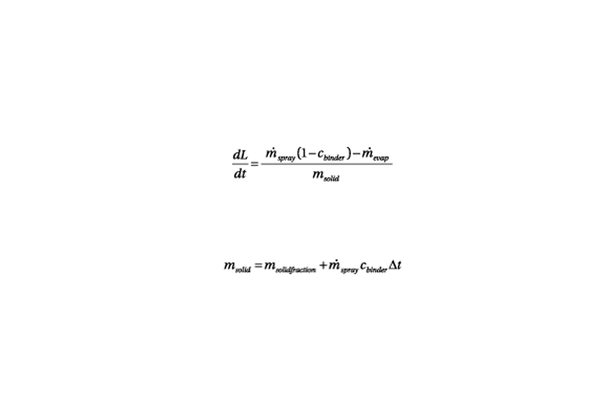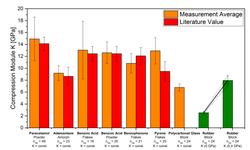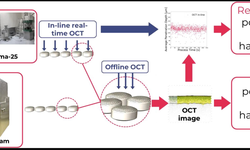Scientific papers
The current study aims to investigate the impact of high-shear wet granulation process parameters on granule characteristics through a combination of experimental and modeling approaches. A full factorial design of experiments was implemented, considering three process parameters: water amount, impeller speed, and wet massing time. Statistical analysis revealed that the water amount exerted the most significant influence on granule characteristics, with the effects of other process variables becoming more prominent at higher water amounts. At elevated water amounts, an increase in impeller speed and/or wet massing time resulted in decreased granule porosity and compactability. A robust correlation between granule porosity and compactability was identified.
To model the granulation process, a three-dimensional population balance model incorporating agglomeration and consolidation was employed. Calibration of the model utilized the particle size distribution obtained from an experimental batch, ensuring a close match between the simulated and experimental distributions. The model successfully predicted the particle size distribution shifts for three additional batches, each manufactured under distinct process parameters (water amount, impeller speed, and wet massing time). This modeling approach demonstrated its capability to effectively capture and predict variations in granule particle size distribution based on changes in these process parameters.

Comments
No comments posted yet.
Add a comment















